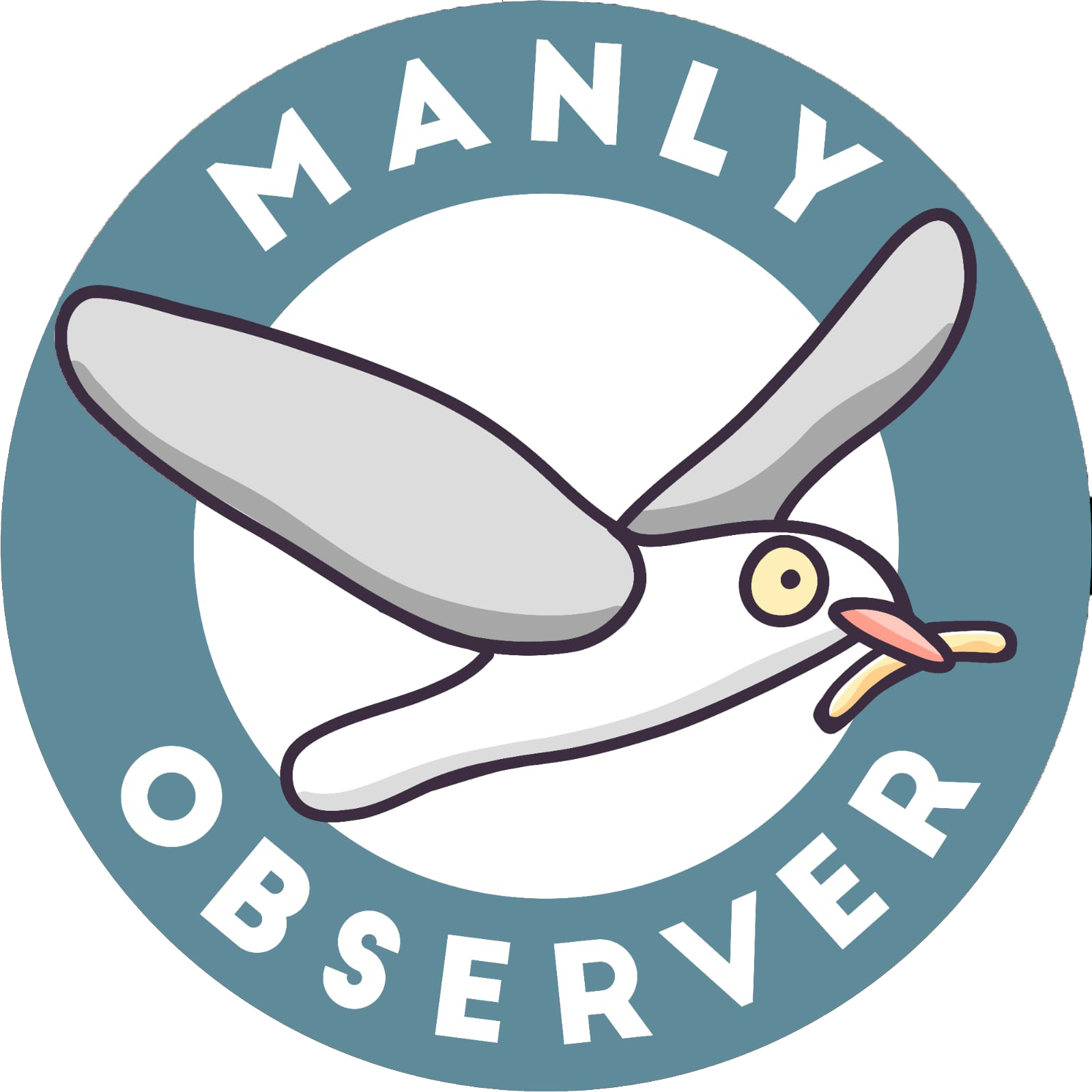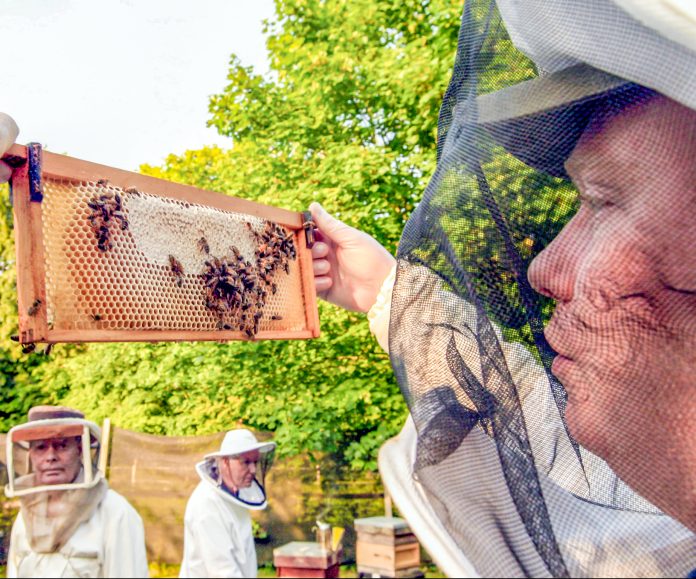The Northern Beaches has become a quarantine zone for an airborne agricultural pest that is slowly but steadily advancing from the north – the varroa mite – and has been found just a short flight away across Broken Bay.
Varroa mites are a tiny parasite that infiltrate honey bee colonies and attach themselves to their stripey hosts, biting and feeding off them and introducing viruses – eventually causing a complete breakdown of the hive.
The two varroa species, Varroa jacobsoni and Varroa destructor, target European and Asian honey bees (Apis mellifera and Apis cerana, respectively), and is a vector (conduit) for at least five debilitating bee viruses.
The potential disruption to agriculture, as well as impacting bees’ role in pollinating flowering plants, has huge implications for the future of food production as well as the natural environment.
Unfortunately, the vexatious varroa mite is now present in Australia, believed to have come in via sea through the Port of Newcastle in June 2022, and there were recent infestations on the NSW Central Coast.
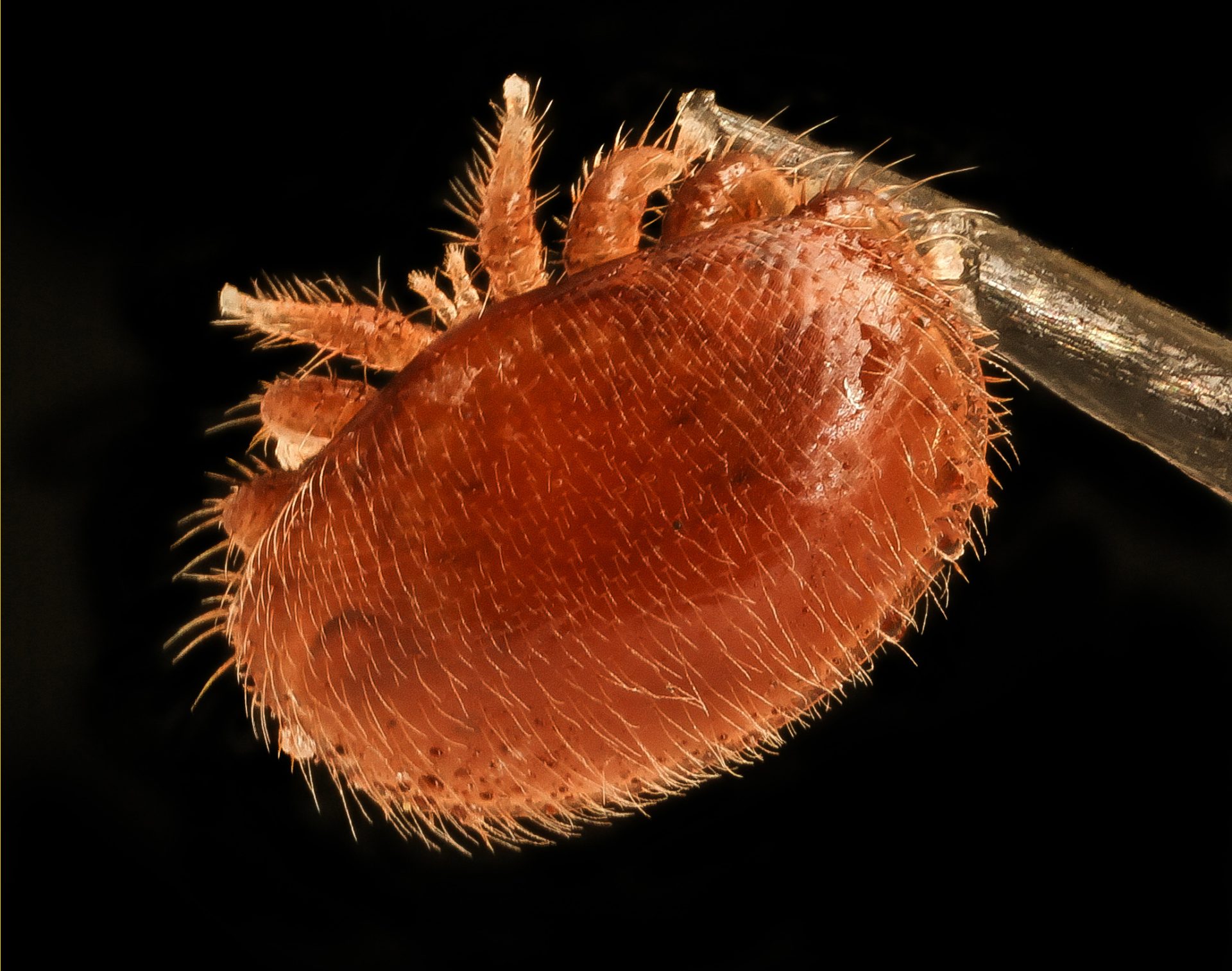
Terrey Hills beekeeper Piers Johnson told Manly Observer that in May 2023, NSW Government officials inspected his single hive, which consists of two stacked boxes, each containing eight frames.
“I had a crew from the DPI come and test my hive, using the sticky matts and baits they use in the sentinel hives around Newcastle, where the varroa mites were first detected,” he said.
“Fortunately, there were no mites detected in my hive, but I will still have to do an alcohol wash every couple of months…
“The major problems at the moment are unregistered hives that the DPI doesn’t know about, and might be spreading the mites, or illegal relations of hives, mostly by commercial beekeepers or orchardists.”
Pernicious parasite’s progress
Unfortunately, the pesky parasite that arrived in Newcastle has advanced west into the Hunter region and south, via Gosford and the Central Coast, towards Sydney, and has recently been found in colonies in close proximity to the Northern Beaches.
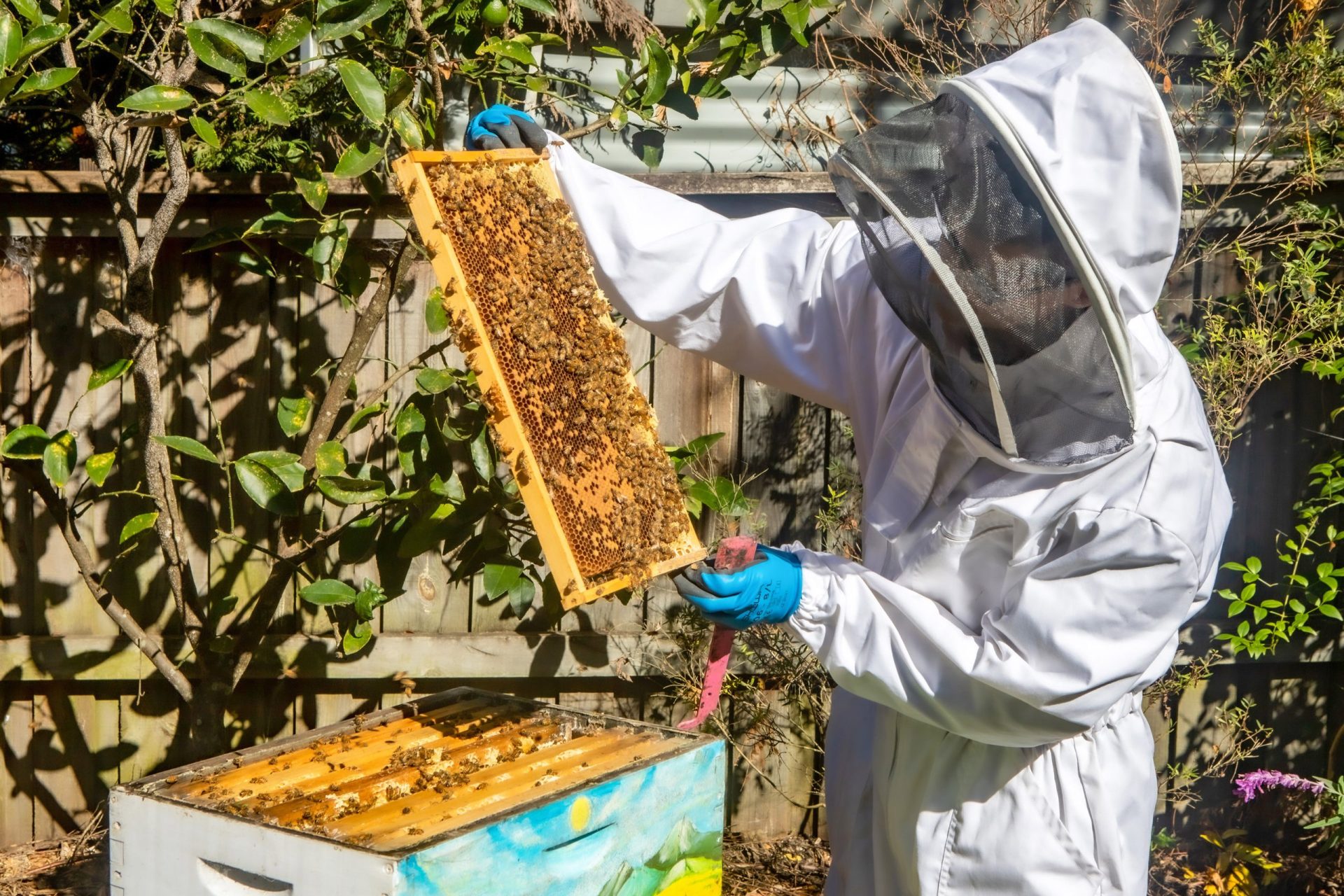
Just nine months after the initial detection, on 14 March 2023 the North Shore Beekeepers Association (NSBKA) declared: “Nine new cases of the varroa mite have been identified across the New South Wales Central Coast and Hunter regions in a major blow for authorities that have been working to contain the parasite.
“The Department of Primary Industries (DPI) says the infested premises are in Glen William, Brookfield, Sawyers Gully, Yarramalong, and as far south as Horsfield Bay, Woy Woy, Koolewong, and Umina Beach. The Central Coast’s red eradication zone has been extended and now covers almost the entire region.
“The DPI said this meant all beehives and equipment in the affected areas would have to be destroyed and treatment of wild bee populations on the Central Coast would be prioritised to prevent the mite’s spread further south.”
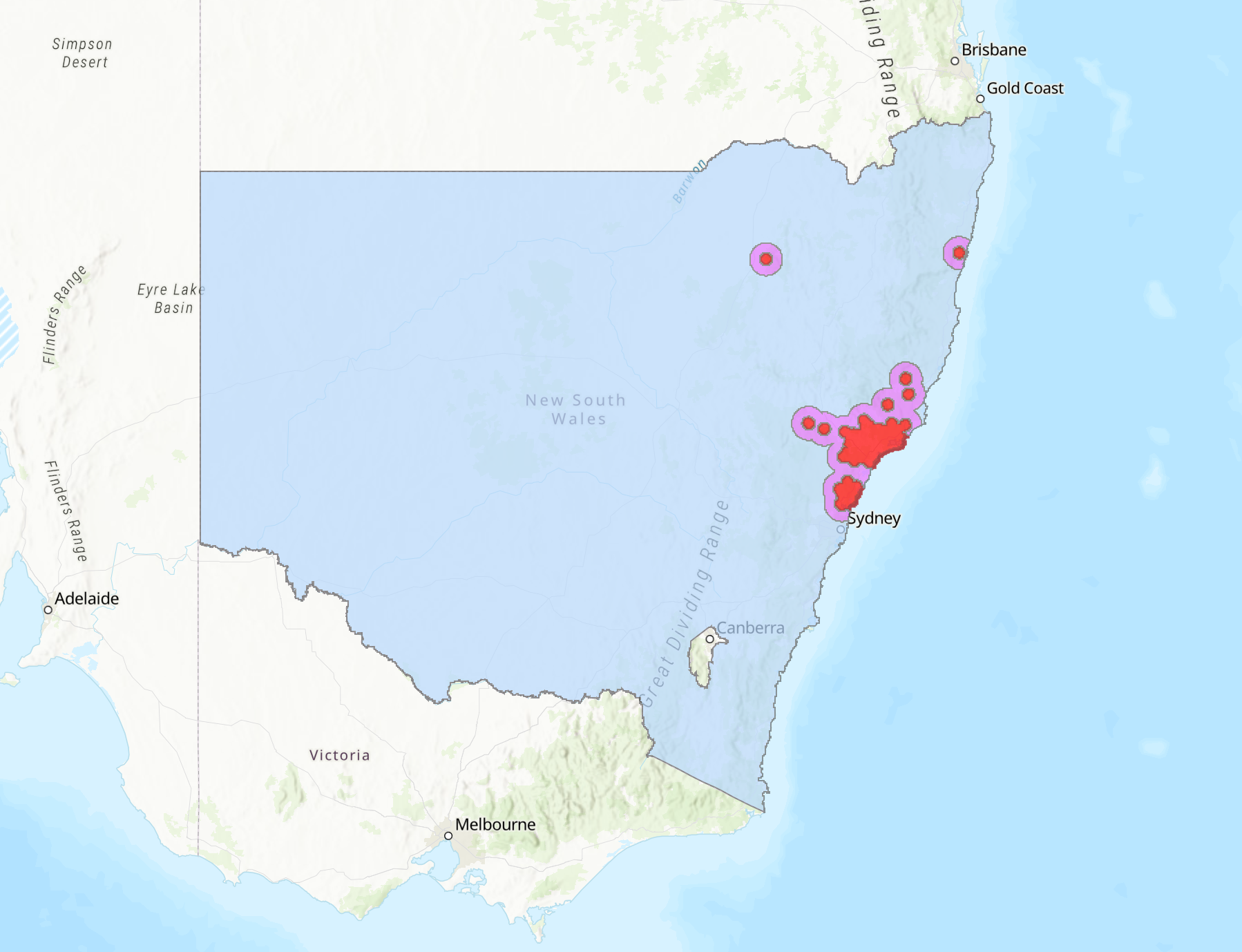
Small mite, major threat
As small as the varroa mites are – at between 1mm to 1.8 mm long and 1.5mm to 2 mm wide they fit on a pin head – a significant mite infestation can severely disrupt a bee hive and lead to Colony Collapse Disorder (CCD) as well as other devastating results.
CCD is defined as “an abnormal phenomenon that occurs when the majority of worker bees in a honey bee colony disappear, leaving behind a queen, plenty of food, and a few nurse bees to care for the remaining immature bees.”
This catastrophe is often caused by pesticide contamination (such as crop spraying), predators (eg: wasps), pathogens and an unsustainable food source. However, with the spread of the varroa mite, both professional and hobby beekeepers are at severe risk of their hives being unsustainable.
This has potentially disastrous implications for both agriculture and the environment, because honey bees are arguably the most important pollinators on the planet.
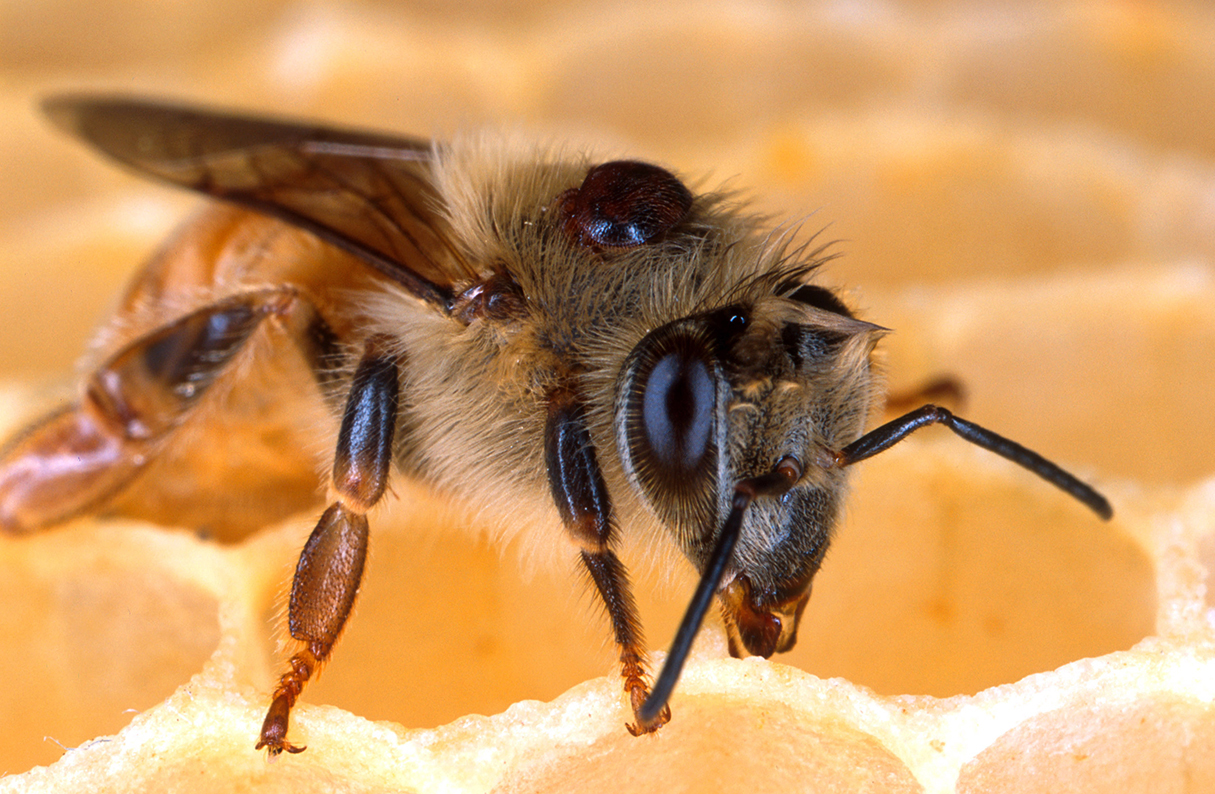
Colour coding
When a varroa mite infestation is detected, three colour-coded zones are enforced.
Red = Eradication Zones, where mites have been identified. It covers a 10km radius around the infected hive(s) in which all honeybee hives will be euthanised.
Purple = Surveillance Zones, covering a 25km radius beyond the 10km eradication zone, where officials monitor and inspect both managed and feral honeybees, to limit the spread of the varroa mite.
Blue = General Emergency Zone, where beekeepers are obliged to follow a routine inspection and sterilisation procedure.
If you have honeybee colonies or hives, or queen honeybees in cages in the Eradication or Surveillance zone, you must inform NSW DPI.
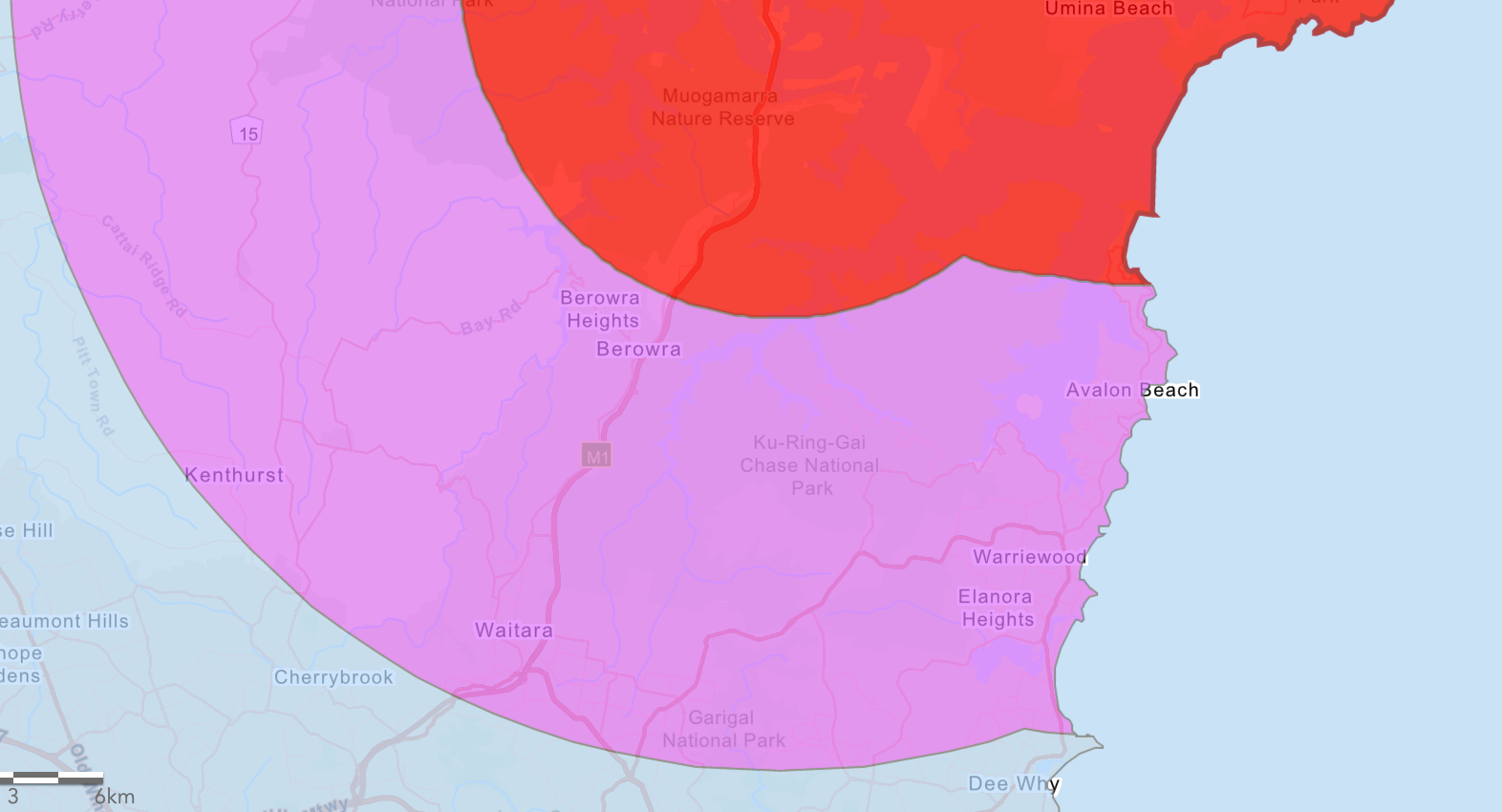
Northern Beaches beehives at risk
Giles Stoddard, President of the Northern Beaches Beekeepers (NBB), told Manly Observer, It’s a complex situation … I do think it’s important the public understand that, while the strategy to contain and eradicate the varroa mite that is being taken jointly by the DPI and beekeepers sounds like it is extreme (killing all beehives within 10km of any mites detected in beehives), it is a good strategy that has a reasonably good chance of success.
“We also have our past President of NBB who is currently Secretary of the Amateur Beekeepers of Australia (ABA) living in Cromer and he’s now working for the DPI on the varroa mite emergency response.”
He continued, “It’s very sad that varroa mites have been found on the central coast and that’s caused the Eradication zone to be extended in to the North end of Palm Beach. We do have club members with hives on the Central Coast and sadly their hives have had to be destroyed. I understand hives have been destroyed in Palm Beach and we have members just one hundred meters from the Eradication zone, so they are feeling pretty anxious.
“As a club we’re strong on education and we do explain to our members regularly what the latest regulations means for their own beekeeping and why it’s important to eliminate the varroa mites and to regularly check the DPI website for the latest rules.”

In September 2022, the DPI authorised a secondary phase of dealing with the varroa problem, beyond compulsory extermination of bee colonies managed by apiarists.
“Following on from the euthanasia and destruction of recreational and commercially managed hives within the red eradication emergency zone, the next phase in the eradication of Varroa mite includes the complete removal of wild European honeybees from the zone.”
This appears to be having success in containing the NSW Central Coast infestation. A DPI spokesperson told Manly Observer, “There are currently no Infested Premises (IP’s) recorded in the Sydney Metropolitan area. As at 10 May 2023 the nearest Eradication (Red) Zone in proximity to Sydney is in the Northern Beaches area surrounding Palm Beach.
“A detailed listing of all current IP’s can be found online at www.dpi.nsw.gov.au/varroa.”
Chill out solution?
A long-term solution to the spread of the contagion might be getting the bees to chill out – literally.
According to an August 2017 study by Washington State University (WSU), refrigerating bee colonies over the winter months, when they are not active in gathering nectar, has a dramatic effect in reducing the mite’s presence in colonies.
The report stated: “WSU researchers put 200 honey bee colonies into refrigerated storage [over winter]. This is a time when bees are still active, but have finished making honey for the season, and there are no crops that require pollination. It’s also when beekeepers normally do a round of mite treatments.
“By placing colonies in refrigerators, the queen stops laying new eggs, which stops the production of brood. When the bees come out of refrigeration, there is no ‘capped brood’ [eggs, larvae and pupae covered in mites].”

Northern Beaches Beekeepers
https://www.beekeepers.asn.au/northern-beaches/
https://www.facebook.com/NorthernBeachesBeekeepers
North Shore Beekeepers Association
Department of Primary Industries varroa mite response
https://www.dpi.nsw.gov.au/emergencies/biosecurity/current-situation/varroa-mite-emergency-response
National Varroa Mite Eradication Program
If you find varroa mite in a hive you are responsible for, notify NSW DPI by calling the Exotic Plant Pest Hotline, 1800 084 881 (9am to 5pm, 7 days a week) or completing the Beekeeper Notifications – Varroa mite online form
